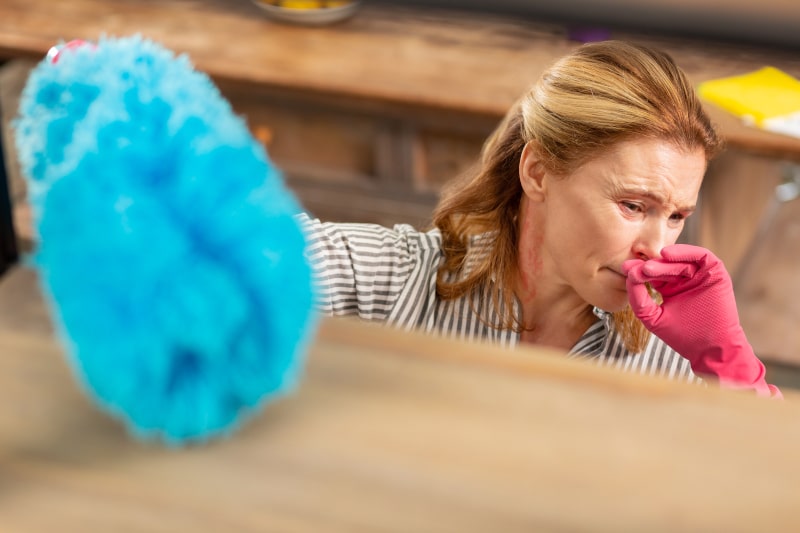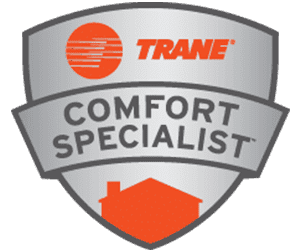Poor airflow can compromise your comfort and reduce energy efficiency for your home in Grapevine, TX. Most people don’t know that they have poor airflow until they see spiking energy bills. Understanding the causes of poor airflow in your home is essential in rectifying these issues.
Blocked Registers or Vents
Check your vents or registers to ensure that there are no obstructions like furniture. Blocked registers or vents cannot circulate throughout your home as effectively as they should. Ensure that you leave a few inches of free space around your registers or vents to encourage adequate airflow.
Low Refrigerant Levels
Low refrigerant levels are a common cause of poor airflow because they reduce the AC unit’s ability to circulate conditioned air into your home. Even slow refrigerant leaks reduce the performance of an air conditioning unit. It’s a common problem with old or poorly maintained systems.
Dirty Filters
Air filters prevent pollen, bacteria, and other allergens from circulating inside your home. If the filters are dirty, they restrict air because these particles build up and create resistance. The best thing is to replace dirty filters regularly.
Clogged or Leaky Ductwork
The ductwork transports air to your home from the HVAC system. Damaged ductwork leaks air before it gets to the rooms in your home, which restricts the flow of air. Dirt that gets caught in air filters can also build up in the ductwork and restrict airflow.
Wear and Tear
Your HVAC system wears out over time, causing poor airflow issues. If you notice the air in your home seems stuffy, hire a technician to determine its severity. You might need a basic repair or a replacement of the entire HVAC system to improve the flow of air in your home.
These are some of the common causes of restricted airflow. You can improve the flow of air in your home with the help of a licensed technician. Contact North Tarrant Heat & Air for HVAC maintenance if you have poor airflow in your home.
Image provided by iStock



